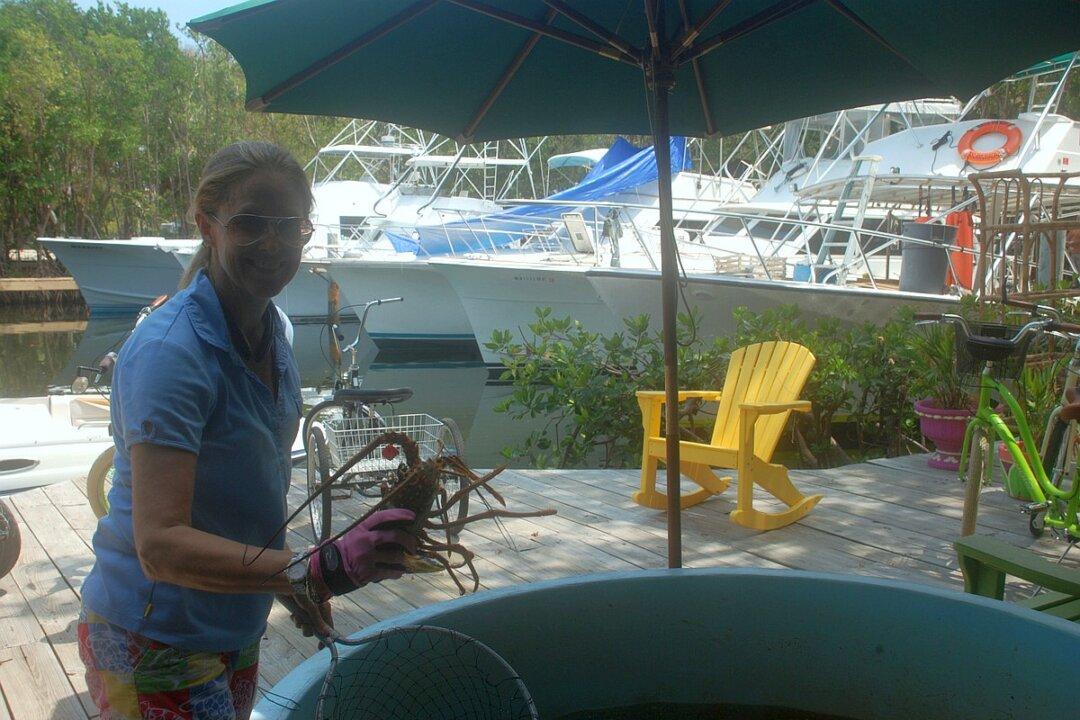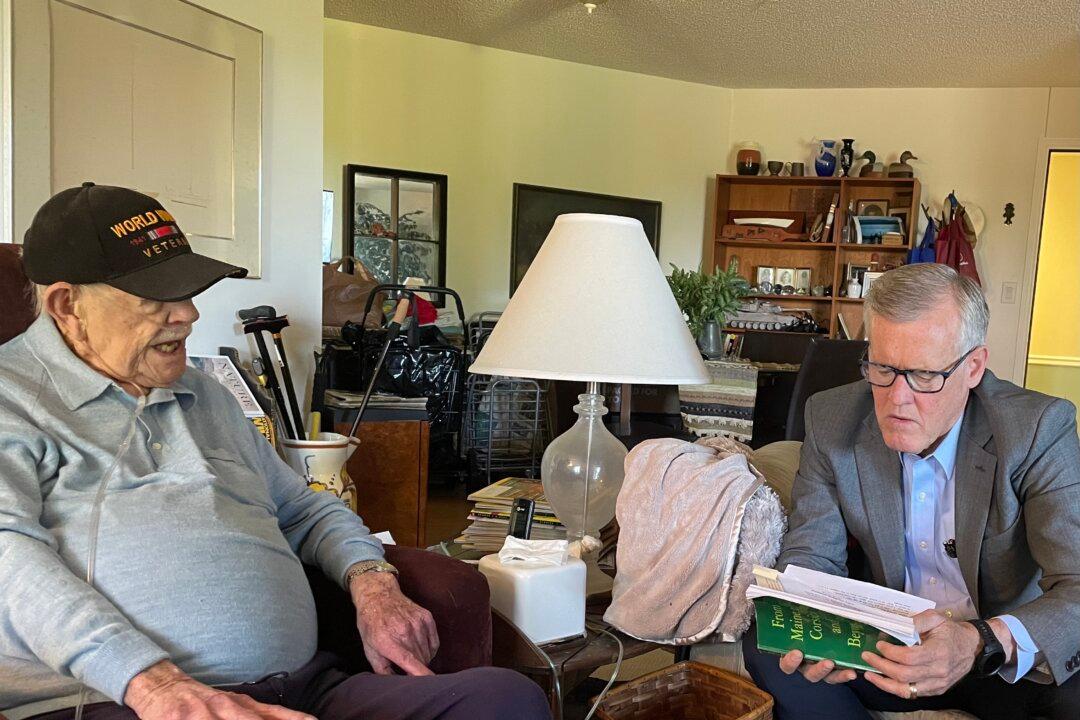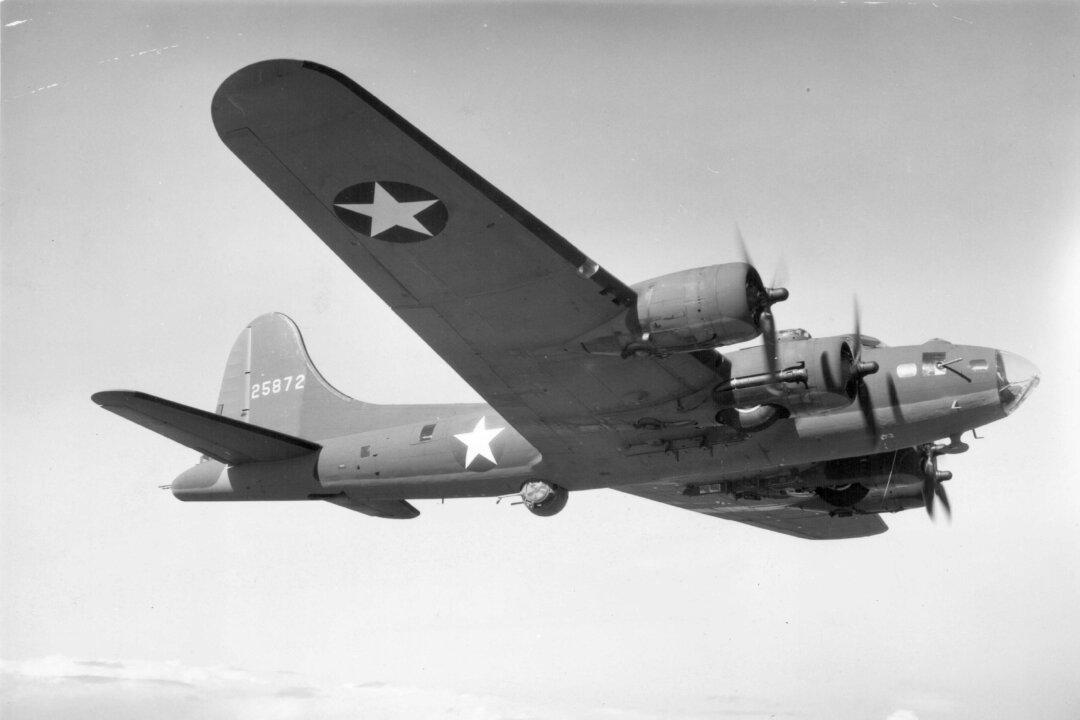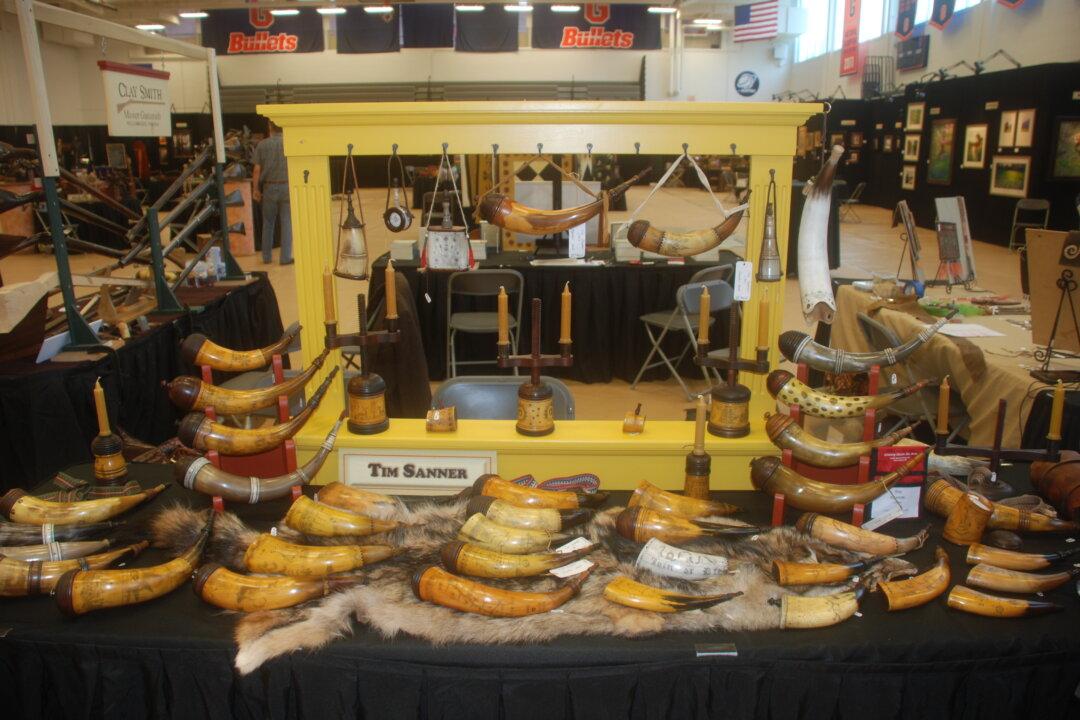Nothing is really remembered without nostalgia. The way things were during
vacations taken long ago are memories of wonderful times, simpler times, when it
was normal to take time, to spend time, to enjoy time. It was more than just
getting some place, cell phone and computer in hand, then getting home; it was
an era when families traveled to Florida by car. There were gasoline wars.
Stations competed for business by busting prices. Some threw in a bag of oranges
or grapefruits with every fill-up. There were monkey farms and alligator farms
and produce stands and gift shops catering to every tourist delight from sticky
pecan rolls to ice cold watermelon.
Those were the days of our parent’s generation. Big cars with big fins; gas
guzzlers that no one paid any attention to since gasoline was cheap. Summer
vacations were the lazy days; school was out and families would plan their
holidays with the kids and dog, bundle everything up in the trunk of the car and
head south.
It is again. Not as easy to find anymore. The Florida Keys are built up. There
is still only one road in and one road out called Overseas Highway, a fancy name
for US 1. Fast food emporiums pave the roadside from Key Largo to Key West.
Concrete hotels pepper the waterfront. Dive shops beckon with gigantic flags
fluttering in the wind. Modern supermarkets provide every convenience.
Transplants seeking a relaxed lifestyle move in with their tattoos and slang.
They mostly take jobs in restaurants. Whatever happened to the people that lived
in the Keys all their lives? Where did they go? Are there any retreats left
where you can just be left alone?
Finding Jorge and Angel Cabrera is easy. Stop off at Old Conch Harbor in
Islamorada. You don’t need shoes and no one will tell you to put on a shirt.
Directions are given that something is ‘bayside’ or ‘oceanside.’ Located on one
side of US 1 or the other. Small, oblong green signs put up by the highway
department pronounce every mile along the way from Key West at zero up to where
the Keys begin south of Homestead. Old Conch Harbor is at Mile Marker 90,
oceanside. There is an old paved roadway between US 1 and the two story building
Jorge built 35 years ago. It is hard to miss. Flags proclaim their newly opened
wave runner concession, bike rentals and gift shop. This is the place to stop.
Angel has used an amazing lot of space to stock all manner of crafts,
paintings, unique clothing apparel and one of a kind items made from old lobster
trap panels. There are of course boxes of shells, trinkets and Keysiana of all
sorts. Browse, buy or just walk straight through the gift shop to the deck
outside. You might want a soft drink, coffee, usually free, or just amble
around. The marina is home to unique fishing boats. Look for Stephen Stough at
his magnificently restored 53 foot Hatteras. If you like old boats from the
early days of sport fishing, talk to Steve. You can’t miss him if he’s around,
he stands about 6'5” tall and knows everything about fishing in the area.
Then of course there are the stars of Old Conch Harbor. A little frisky mutt
called ‘Snorkel,’ a big cow dog called ‘Princess’ and a green parrot that sits
on its perch above a little wooden bar. Jorge and Angel are everywhere, doing
everything. They greet visitors warmly, bid welcome to do anything or nothing.
They have restored the building with loving care. The dock and deck have been
rebuilt using original lumber. It was removed, refinished and replaced. You’re
walking on old boards.
There is no place for the eyes to rest. Sit on old fashioned wood chairs.
Driftwood tables are perfect for putting your legs up. Enjoy giant fica trees
that climb up through the deck. The branches twist around old roots far above
the building. The old trees provide welcome shade. There is always a breeze off
the water. A new garden area set among ancient fica, gumbo limbo and sea grapes
offers a place to sit and relax. There are orchids, brightly enameled geiko
lizards and sun faces. Old fishing floats gaily painted by Lila, Jorge’s 79 year
old aunt, hang from the trees. Watch as they build new lobster pots. Old frames
are everywhere. This is a working dock. Jorge’s lobster boat is dockside. He
runs a commercial lobster operation and has for the last 35 years.
Kids of all ages will be fascinated by the live lobster tank with water
bubbling to keep it oxygenated. The catch is fresh and for sale. More
interesting is to hear Angel relate that a person that performs weddings at sea
offers the bride and groom a chance to release a live lobster during the
ceremony as a talisman of good luck.
Dockside there are three Cuban fishing boats. They brought refugees across from
La Varadero, 123 miles east. “‘La Estrella’ came ashore right at our cottages
three weeks ago. U.S. authorities checked to see if Cuba wanted it back, they
said no so we were allowed to keep it. We have two other Cuban fishing boats
that brought refugees across,” Angel Cabrera explained. The small green launch
rocked in the water, picturesque as any local fishing boat might be in the
islands.
“The refugees left their wet clothes on our beach. Put on dry clothes and
walked out to the highway. We had guests staying at the cottages. They were
sitting outside and were surprised to see people just walk past early that
morning,” Angel added. If the history of Cuba and Cuban-American relations is of
interest then speak to Jorge’s mother, 82 year-old Georgina. She was born in
Cuba as was Jorge’s father.
“My Dad came over in 1956, before Fidel Castro. Back then Cuba was the place to
honeymoon. People would come to fish. It was free. My Dad was young. His father
sent him here to grow up. I was only six months old in 1956,” Jorge explained
with a laugh. His good humor and kind nature radiate welcome to visitors.
When Jorge was four years old the Cuban revolution happened. His father picked
up the entire family in Cuba. “They all moved into our house.” Eventually Jorge
and his own family moved into a plywood shelter built over an old International
truck parked at Sid and Roxie’s Cannery, now the site of the Islamorada Fish
House. “That’s how my life started in the Keys,” Jorge smiled. His father
fished. Jorge and his brother went to local schools.
“When I was twelve years old I started my own lobster business. I'd buy 300
pounds of lobster from the fishermen. My Dad would drive me up to Miami and drop
me off in front of a gas station. I was the ‘Seafood Man.’ In those days I'd buy
lobster for seventy-five cents a pound and add a dollar to it for profit. One
day, on a drive back, I was counting my money in Dad’s truck. He said, ‘You are
making more money than me.'” Jorge worked his lobster business on Friday and
Saturday, weekdays he went to school. The same kids that were his classmates
then, are still his friends.
Jorge bought the lot where Old Conch Harbor is now in 1979. He built the two
story building. He created a gym that became an immediate success. Then he got
the idea to create a restaurant and lounge. It still exists upstairs under
independent ownership.
“Come with me…” Jorge signaled with his hand to follow him down the dock to an
office at the far end. Inside the walls were covered with pictures and art work,
most in old wood lobster trap frames. “Look at this photo. This is ‘The Old Man
and The Sea.'” He took a picture down off the wall of himself with a big black
beard, he is now clean-shaven, and Gregorio Fuentes. It was taken in 1995.
Fuentes was the first mate on ‘Pilar,’ Ernest Hemingway’s boat in Cuba.
“Hemingway wrote the book about Fuentes.”
“We are making this a kind of museum. We have many old photographs from the
Keys. We are putting them in lobster pot trap frames. People that stop by the
gallery are amazed by local history seen in these early photographs,” Angel
said. There is an entrance from the parking lot to the gallery. It is air
conditioned and chock full of beautiful art work and framed photographs.
Jorge and his mother bought three lots in the old days. The government wanted
them for part of a bird sanctuary. With the profit from the sale of the lots
Jorge and his mother bought a 2 1/2 acre lot on the ocean. There were two
cottages on the land. They kept the property, sold off a little chunk, and
enjoyed the peace and tranquility of the place. Wealthy people built mansions on
lots adjoining the cottages. Jorge kept the place the way it was. They
modernized the cottages to create a magnificent two bedroom and separate studio
cottage. The two bedroom has a full kitchen and tub bath. The studio has a
shower and toilet with small refrigerator.
The Keys flair remains. The long drive is surrounded by palms and coquina
rocks. The coral sand driveway describes privacy. The plantings have been
supervised by Jorge’s mother. Georgina’s garden includes fragrant frangipani,
palm and fica trees. There is a lagoon where boaters can tie up small craft and
a long dock that can accommodate a fifty-foot yacht. A shallow pool on a
concrete deck is set with recliners and glass topped tables. The pool is a good
place to relax at night. There is a beach to launch kayaks, paddle boards or
surf boards Jorge and Angel leave for the use of guests. There is good
snorkeling right off the beach and fishing poles to try your luck casting off
the dock.
Hammocks swing between palms. There is always a nice breeze off the ocean. “The
man next door bought the property for 3 1/2 million. He tore down the house and
built a monolith for $14 million. I came down and sat on the beach one night. I
looked up at the moon and stars and decided to leave the property the way it
was. It is a dream to be able to enjoy the peace and tranquility of the Keys. It
is the way it was when I was a kid,” Jorge said.
Perhaps the Cabreras will add Tiki huts here and there, however, they are
persuaded that life is more than concrete mausoleums and ostentatious mansions.
Jorge once thought he would one day like to own a mansion akin to those
millionaire’s built on beaches he played and fished as a boy growing up in the
Keys. The revelation he had sitting quietly on the beach, on property he paid
$50,000 for with profits from his little lots, then sold a piece for half that,
was a turning point in his life. The beachfront with its simple cottages offered
a peace and tranquility he wanted for himself and his family. He wants to share
it with visitors. Thus was born the idea for Peacock Cottages.
“A Doctor Zim brought peacocks to the Keys. They are all over. You'll see them
and hear them on the property. So we decided to call it Peacock Cottages,” Angel
explained.
“We have four million tourists drive through on US 1 every year. We’re trying
to bring back the sandals and T-shirt life that was. Sit, have coffee, see a
lobster boat or fishing boat come in. I’m framing old photographs to show how we
used to live. We’re the third biggest reef in the world,” Jorge pointed toward
the Atlantic Ocean.
“I’m trying to create here the history, the old feeling. That is what people
came here for. We were poor. Rich people owned everything around here. My dream
was to have what rich people had. So Peacock Cottages was my second property. It
used to be a fish farm in the 1960s. I bought it when I was 18 years old. Then I
had to work and grow up.” Jorge reminisced. His once ambitious dream to build
his own concrete mansion on the property became a better dream after all.
“Millionaires come and go. Their mansions are bought and sold with the tide of
Wall Street. I decided to fix up the little cottages, forget the big real estate
taxes. Simple. People that stay at the cottages tell me they come down from big
houses. The simple life on the ocean is what they are looking for,” Jorge said.
Simple but wonderfully comfortable. Air conditioned with ceiling fans, large
king and queen size beds with ornate wooden head and foot boards, flat screen
televisions, Wi-Fi and modern kitchen appliances in the two-bedroom cottage.
With it are exposed beams and wood paneling that has been scrubbed and oiled.
Small hexagon tile in the bathroom with modern but old style porcelain sinks.
There is every convenience to be comfortable and every comfort to make Peacock
Cottages a respite from modern life. Jorge and Angel are animal lovers so pets
are welcome.
Jorge and Angel Cabrera along with Dona Georgina, who at 82 years old continues
to work and supervise landscaping on the property, share their dream with
guests. There will always be majestic hotels and resorts in Florida’s Keys yet
the peace and tranquility of having a private setting right on the ocean is
indeed rare. Enjoy it while you can. It is the way it was.
For more information visit www.oldconch.com or call 305-853-1010, email
[email protected].





